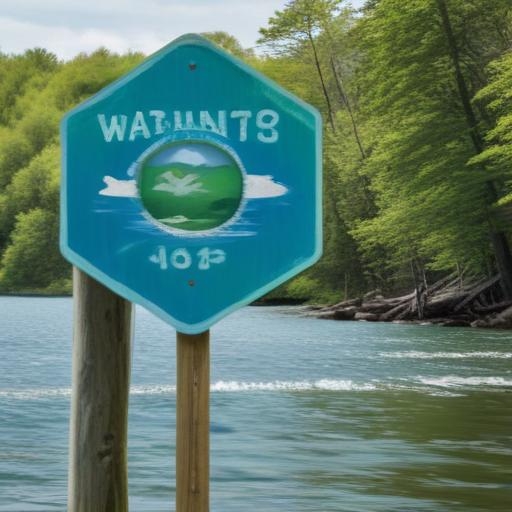In recent months, there has been increasing concern regarding the impact of significant cuts to federal environmental programs, particularly in the Great Lakes region. John Hartig, a contributor for Great Lakes Now, emphasizes the potential long-term consequences of these reductions, which threaten the health and sustainability of crucial environmental initiatives.
One of the most affected areas has been the sea lamprey control program, a joint U.S.-Canadian effort that has successfully reduced invasive lamprey populations by over 90% for more than sixty years. However, disruptions during the COVID-19 pandemic allowed lamprey numbers to surge, and recent budget cuts have led to staff layoffs that jeopardize the ongoing management of this invasive species. Dr. Marc Gaden from the Great Lakes Fishery Commission highlights that easing control measures, even temporarily, could have dire consequences for the multi-billion-dollar Great Lakes fishery.
Furthermore, the National Oceanic and Atmospheric Administration (NOAA) has experienced dramatic workforce reductions at the Great Lakes Environmental Research Lab. This loss of expertise hampers critical research efforts, including monitoring harmful algal blooms and developing predictive models essential for public safety. Such cuts in staffing and research funding may undermine significant progress made in restoring aquatic ecosystems and managing the Great Lakes effectively.
In addition, the U.S. Fish and Wildlife Service faces challenges with staff reductions, further limiting its ability to respond to invasive species threats and restore native habitats. The cumulative effect of these reductions raises alarms about the potential resurgence of invasive species that could disrupt both ecosystem health and local fishing industries.
On a broader scale, the proposed cuts to the Environmental Protection Agency (EPA) signal a shift away from the regulatory frameworks that have underpinned decades of environmental protection. Hartig points out that past advocacy efforts led to environmental awakenings, and he calls for a renewed movement—a so-called “environmental spring”—to ensure that environmental safeguards remain a priority.
For advocates of the Great Lakes and their ecosystems, this moment presents an opportunity to engage politically and socially, through communication with lawmakers, participation in local activism, and collaboration with environmental organizations. Hartig’s message embodies a hopeful perspective that collective action can help reverse the trend of defunding and deregulation, ultimately protecting the treasured resources of the Great Lakes.
While challenges persist, history shows that a dedicated push for environmental awareness can lead to significant improvements in how we manage and protect our natural surroundings. With ongoing efforts, the Great Lakes can continue to thrive as a vital resource for communities across the region.
